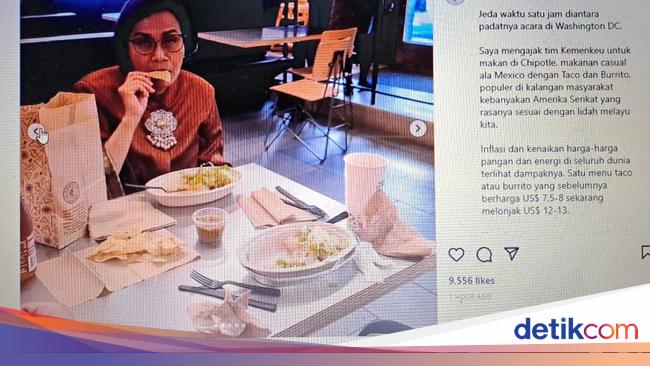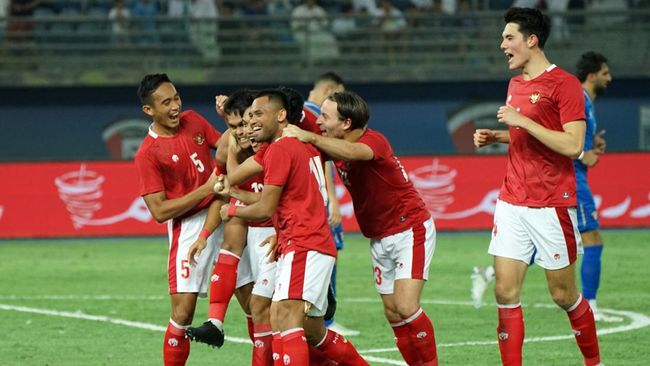Henrietta Verhoustynska: Your films are both provocative and personal. You are obviously a director who draws on your personal experiences when he creates stories.
Mr. Bauman: I am interested in the inner existential state of man. The person I know best, whose states I know best, is myself, and these are the little accounts.
Does your film also have hooks to hook male audiences? It is, however, a film made from the point of view of a young woman.
The film is not so much about women and men as about being different and how you live between the pressures of society and the reality of biology: you are in the middle and both are pushing on both sides and trying to maneuver. It’s not just a women’s problem, it’s a men’s problem too.
Animated film director Vladimir Leshchev says hand-drawn animation carries a special energy. How’s your work? How much do you use the computer, how much do you draw by hand?
In the case of the film “My wedding project”, not only did I draw by hand, but we made sets, models. They were assembled with wood, then with glue and a couple of papers and five more coats of paint. Is it handmade. Still drawing with pencil on paper. This is how I have worked all my life. When digital technology came along, many of my animator friends started looking for the perfect program that would make animation easier and faster. Then when they find that perfect program, whatever it is, they stop animating, they stop animating. I ask – why? They say: I have no more inspiration. I realized that I have to stick to what inspires me. Then when I see the paper … I know it’s bad to draw on paper because paper is a felled tree; I feel guilty. When you draw 60,000 drawings, that’s a lot, it’s a whole tree that was cut down just to make my film. It is very terrible. But if I didn’t work on paper with a pencil, I wouldn’t have that spark inside.
When I work with pencil on paper, my brain lights up and new ideas emerge.
Thank God there is also digital technology. Let’s scan my drawings, in Photoshop let’s color. A large team of colorful Latvian artists and composers digitally put together background photos with animated characters. It was a great job. I think “My Marriage Project” would not have been done without digital technology.
You talked about the sense of community among the animators. You belong to the New York and Latvian animation community, not the big Hollywood car.
IS. The Hollywood machine works on other principles: the main thrust is to make money. The thrust of the independent animator, director, is to tell the story of him. I have a strong dislike for a word that has been used a lot lately: “content”. “Netflix” says: we need more “content”. I don’t do “content”, I make a film. Another word that is very offensive to me – product. “When will your product be finished?” I say: “I don’t have a product, I have a movie!”
In the movie “My Wedding Project” there is a very interesting character who speaks with the voice of Guna Zariņa. This is biology. It’s not just a young woman’s story, how she meets her first and second husband, how society dictates attitudes to her that should be expressed in a relationship, but also a story about what chemical processes take place in a person and when we fall in love and when it can be said, during falling in love.
I had to study all that neuro[bioloģija], as much as I could, and then it had to be translated into an accessible language. In a film, you can’t tell things too complicated, you have to tell them in a short, concise and accessible way. It was also very difficult to translate this complex neurobiology into understandable language. I think without biology [kā tēla] and Guna Zariņa’s film wouldn’t hold up.
To what extent is the feeling of falling in love a biochemical process and to what extent does it come from something anonymous?
We are all biological beings and denying it would mean that you are not looking at life in a realistic way. Scientists also never deny the existence of something else. We enter this microcosm or macrocosm, and we don’t know everything, we don’t understand everything, it is the unknown – the mystery – that remains. When it comes to love, I have to say this: Looking back from my old age to my youth, I feel that love is often like a dose of heroin; I haven’t used heroin alone, but I think it might be that feeling … it’s the best feeling. I had a time when I was addicted to falling in love: I fell in love, and then I don’t feel like it anymore, and there’s another falling in love again. When we fall in love with each other, the elevator is so big that we break down all boundaries, we blend together as one, and then of course it’s a biological necessity.
I’ve noticed that animated films often use music even more than feature films. The trio sang in your movie “Lemonade”. [daudz dziesmu], making it almost a kind of musical. Was it a deliberate move?
Yes, it was a deliberate move, it had to be. At a certain point, I understood how to show myself how we internalize, absorb the thoughts of others: through songs, through written works, we change our point of view; songs are one of the ways that culture affects us. I started writing, the Italian composer Christian Sensini composed 23 songs and the “Lemonade” trio sang.
Animation is a different form of storytelling, it’s not a realistic story. It is an elevated reality, a little distant from the psychological reality.
And then when the song starts, you’re not like: why did the character suddenly start singing? In the animation of the film, he is – obviously he started singing!
A look at the work of the father of Latvian puppet animation, Arnold Burov2 minutes
Puppet animation is something radically different from the animation you create, but has the work of Latvian puppet animation founder Arnold Burov influenced you in any way?
Sure, I’ve seen his work, it influenced me, but I think my influence [drīzāk] it’s in a slightly different realm. I don’t come from an animation tradition, I studied philosophy. I approach animation as a writer, not as an artist or animator.
Is narrative more important to you?
Yes, the most important thing. But of course Arnolds Burovs is the father of Latvian animation and Roze Stiebra is the mother of animation.
You were in the studio “Dauka”, [kuras izveidotāji ir Roze Stiebra un Ansis Bērziņš]you worked as a colorist.
About the painter. I was the worst painter they ever had.
That’s what you always say.
Yes, I always say this because it’s true. I was a bad worker, a bad celluloid dyer that everything I colored had to throw away. And most importantly, I couldn’t get fired from my job, because it was still the Soviet (end) times.
But who would you like, Signe, to call your teachers in the field of animation, from whom you are most inspired?
I should probably say – Bill Plimpton. Because the structure of how he works is similar to how I work now, regardless of other studios or Hollywood money.
I learned from him how to make animations in an economical, simple and fast way; also the principle of marketing: you can’t just make a movie, you have to bring it to people, you have to try to popularize your work.
Leverage crowdfunding.
I think it’s already “canonical” – you can’t do anything if you don’t have crowdfunding.
In the credits of the movie My Marriage Project, are all the people of the supporters the ones who donated money to make the film?
Yes, 1,682 backers who gave two dollars to 10,000, which was probably the biggest support.
Signe, you admitted you’re writing the script for the next movie. “Stones in my pockets” was created for four years, “My wedding project” for seven years. How long will your next film last and what will it be about?
I can’t tell you what it will be because it’s a state secret. I am superstitious, I cannot release something that is not yet ripe. If I had known in 2015 that the film I had started writing at that time would be out in 2022, I would have said no.
If you start a big project, you have to delude yourself. When I start a project, I always say I’ll finish it tomorrow. Always this feeling: I wake up in the morning, go to work and do as much as possible, because I know I want to finish this project tomorrow.
And then I always try to finish it – tomorrow.


